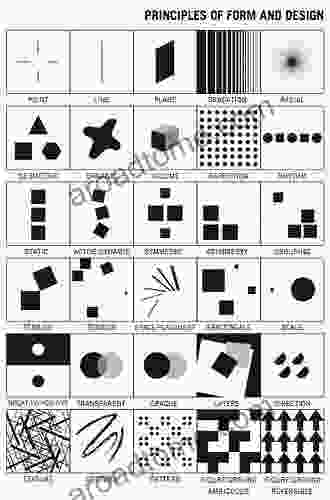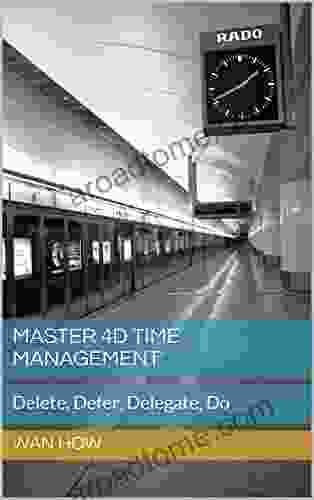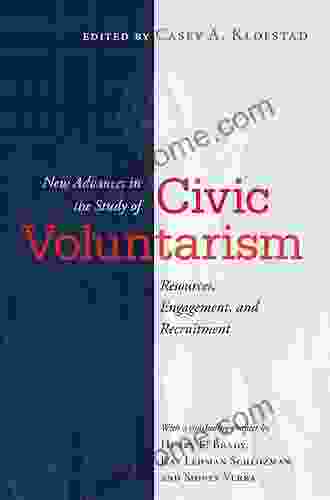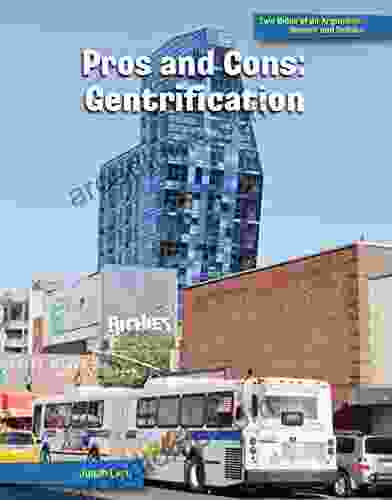Principles of Form and Design: The Ultimate Guide to Creating Visually Stunning Designs

4.5 out of 5
| Language | : | English |
| File size | : | 20512 KB |
| Text-to-Speech | : | Enabled |
| Enhanced typesetting | : | Enabled |
| Print length | : | 883 pages |
| Lending | : | Enabled |
| Screen Reader | : | Supported |
In the realm of design, there are certain principles that govern the creation of visually stunning and effective designs. These principles are the foundation upon which all great designs are built, and they provide a framework for designers to work within.
In this comprehensive guide, we will explore the essential principles of form and design. We will discuss the different elements of design, how they interact with each other, and how to use them to create visually appealing designs. By understanding these principles, you will be able to create designs that are both beautiful and effective.
The Elements of Design
The elements of design are the building blocks of all visual designs. These elements include:
- Line: Lines can be used to create a variety of effects, such as outlining shapes, creating texture, and leading the eye through a design.
- Shape: Shapes are two-dimensional areas that can be used to create a variety of effects, such as defining objects, creating contrast, and adding interest to a design.
- Color: Color is a powerful tool that can be used to create a variety of effects, such as setting the mood of a design, highlighting important elements, and creating visual interest.
- Texture: Texture is the surface quality of an object. It can be used to create a variety of effects, such as adding depth to a design, creating interest, and simulating the look and feel of real-world objects.
- Space: Space is the area between and around objects in a design. It can be used to create a variety of effects, such as creating balance, creating emphasis, and leading the eye through a design.
The Principles of Design
The principles of design are the guidelines that govern how the elements of design are used to create visually stunning designs. These principles include:
- Contrast: Contrast is the difference between two elements in a design. It can be used to create a variety of effects, such as highlighting important elements, creating focal points, and adding interest to a design.
- Balance: Balance is the distribution of visual weight in a design. It can be used to create a variety of effects, such as creating stability, creating harmony, and leading the eye through a design.
- Emphasis: Emphasis is the use of design elements to draw attention to a particular element in a design. It can be used to create a variety of effects, such as highlighting important information, creating a focal point, and leading the eye through a design.
- Unity: Unity is the sense of wholeness or completeness in a design. It can be achieved by using similar design elements throughout a design, creating a consistent visual style, and using design elements that complement each other.
- Repetition: Repetition is the use of design elements multiple times in a design. It can be used to create a variety of effects, such as creating rhythm, creating unity, and leading the eye through a design.
Applying the Principles of Form and Design
The principles of form and design can be applied to any type of visual design, from graphic design to web design to user experience design. By understanding and applying these principles, you can create designs that are both visually stunning and effective.
Here are some tips for applying the principles of form and design to your own work:
- Start with a strong foundation. Before you start designing, take some time to think about the purpose of your design and the audience you are trying to reach. This will help you to choose the right design elements and principles to use.
- Use contrast to create interest. Contrast can be used to highlight important elements in your design, create focal points, and add interest. Experiment with different types of contrast, such as light and dark, bright and dull, and thick and thin.
- Create balance for stability. Balance is essential for creating designs that are visually pleasing and easy to read. Experiment with different ways to balance your design, such as using symmetrical or asymmetrical layouts, and using different sizes and weights of design elements.
- Emphasize important information. Use emphasis to draw attention to the most important information in your design. This can be done by using larger type, bolder colors, or brighter images.
- Create unity for cohesion. Unity is essential for creating designs that feel whole and complete. Experiment with different ways to create unity in your design, such as using a consistent color scheme, using similar design elements throughout, and using white space to create visual breathing room.
The principles of form and design are essential for creating visually stunning and effective designs. By understanding and applying these principles, you can create designs that captivate your audience and achieve your desired results.
If you want to learn more about the principles of form and design, there are many resources available online and in libraries. You can also take courses or workshops on design to learn more about the subject in depth.
With a little practice, you can master the principles of form and design and create visually stunning designs that will impress your audience.
4.5 out of 5
| Language | : | English |
| File size | : | 20512 KB |
| Text-to-Speech | : | Enabled |
| Enhanced typesetting | : | Enabled |
| Print length | : | 883 pages |
| Lending | : | Enabled |
| Screen Reader | : | Supported |
Do you want to contribute by writing guest posts on this blog?
Please contact us and send us a resume of previous articles that you have written.
 Book
Book Novel
Novel Page
Page Chapter
Chapter Text
Text Story
Story Genre
Genre Reader
Reader Library
Library Paperback
Paperback E-book
E-book Magazine
Magazine Newspaper
Newspaper Paragraph
Paragraph Sentence
Sentence Bookmark
Bookmark Shelf
Shelf Glossary
Glossary Bibliography
Bibliography Foreword
Foreword Preface
Preface Synopsis
Synopsis Annotation
Annotation Footnote
Footnote Manuscript
Manuscript Scroll
Scroll Codex
Codex Tome
Tome Bestseller
Bestseller Classics
Classics Library card
Library card Narrative
Narrative Biography
Biography Autobiography
Autobiography Memoir
Memoir Reference
Reference Encyclopedia
Encyclopedia Ted Padova
Ted Padova A H Almaas
A H Almaas Tracey Miller Zarneke
Tracey Miller Zarneke Tatiana Borsch
Tatiana Borsch Tracy Dwyer
Tracy Dwyer Tony Juniper
Tony Juniper Traleg Kyabgon
Traleg Kyabgon Sarah Rasborsek
Sarah Rasborsek Sverre Johnsen
Sverre Johnsen Simon Walden
Simon Walden Harris O Malley
Harris O Malley Shaun M Durrant
Shaun M Durrant Vicki Elmer
Vicki Elmer Seane Corn
Seane Corn Tarek Benmesbah
Tarek Benmesbah Jim Geekie
Jim Geekie Thousand Times
Thousand Times Tom Krengel
Tom Krengel Steve The Noob
Steve The Noob Stephen Breen
Stephen Breen
Light bulbAdvertise smarter! Our strategic ad space ensures maximum exposure. Reserve your spot today!
 Manuel ButlerFollow ·4.3k
Manuel ButlerFollow ·4.3k Anthony BurgessFollow ·13.2k
Anthony BurgessFollow ·13.2k Yasunari KawabataFollow ·3.1k
Yasunari KawabataFollow ·3.1k Edison MitchellFollow ·11.6k
Edison MitchellFollow ·11.6k Elton HayesFollow ·12.1k
Elton HayesFollow ·12.1k Harold BlairFollow ·11.3k
Harold BlairFollow ·11.3k Gustavo CoxFollow ·5.2k
Gustavo CoxFollow ·5.2k Aaron BrooksFollow ·14.5k
Aaron BrooksFollow ·14.5k
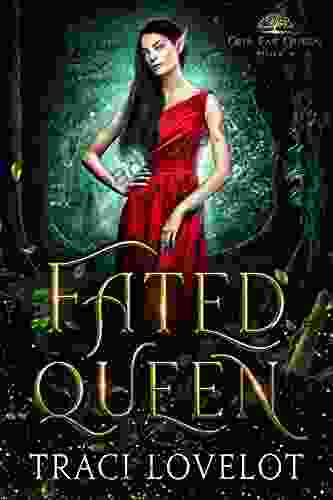
 Timothy Ward
Timothy WardSteamy Reverse Harem with MFM Threesome: Our Fae Queen
By [Author...
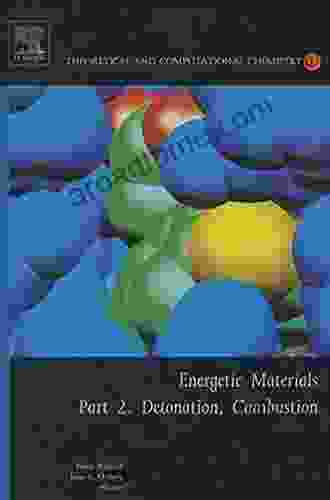
 Cody Blair
Cody BlairThe Ultimate Guide to Energetic Materials: Detonation and...
Energetic materials are a fascinating and...
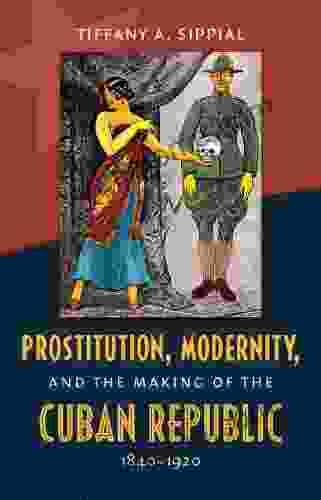
 Kenzaburō Ōe
Kenzaburō ŌeProstitution, Modernity, and the Making of the Cuban...
By Emily A....

 Kirk Hayes
Kirk HayesUnveil the Enchanting World of The Rape of the Lock by...
Alexander Pope's epic...

 Ivan Turgenev
Ivan TurgenevTantric Quest: An Encounter With Absolute Love
Embark on a Tantric Quest to...

 Gary Reed
Gary ReedThe Darwin Awards: Evolution in Action
The Darwin Awards are a...
4.5 out of 5
| Language | : | English |
| File size | : | 20512 KB |
| Text-to-Speech | : | Enabled |
| Enhanced typesetting | : | Enabled |
| Print length | : | 883 pages |
| Lending | : | Enabled |
| Screen Reader | : | Supported |


